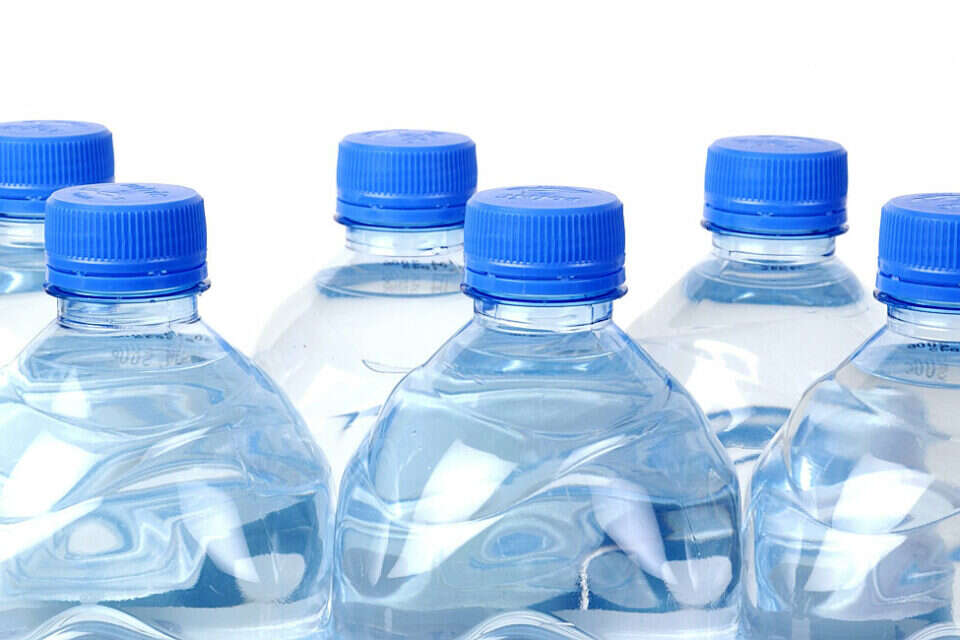It's nice that you make sure not to just drink tap water, only bottles from mineral water marketing companies or passed through a treatment plant of one kind or another – but the water you drink still contains quite a bit of plastic particles that can penetrate any part of your body – including babies in their mother's womb. We used Forefront and Claude to understand why we're only hearing about it now and how dangerous it is.
A new study published in the prestigious journal Proceedings of the National Academy of Sciences has revealed the presence of nanoplastic particles in bottled mineral water marketed across the United States. Columbia University researchers used new imaging technologies, which for the first time allowed them to measure not only microplastics, but also nanoplastics – particles less than a micrometer in size, which was the minimum detection limit until now.
On average, a liter of water from a bottle contained about 240,000 plastic particles of size of 100 nanometers or more. This concentration is 10-100 times greater than previous estimates, which were based solely on microplastic identification. The tiny size of nanoplastics allows particles to penetrate human tissues and cells in ways that microplastics cannot, which can pose serious health risks.
The team, led by graduate student Naishin Qian and environmental chemist Bijan Yan, used stimulation Raman scattering microscopy to identify and characterize individual particles. Among the many types of particles, they identified seven polymers from common plastics such as polyethylene terephthalate (PET) and nylon. Finding the PET particles was expected, given that it's the stuff the water bottles are made of—but nylon was a surprise, and the researchers believe that, ironically, it came from filters designed to purify the water before bottling. However, the seven types accounted for only 10% of the particles found, while 90% were not detected at all, and many of them may be other types of plastics and other unwanted materials.
Now the team is analyzing other nanoplastics at its source, such as tap water, snow and human tissue, to understand how much plastic pollutes our lives. However, the consequences of this plastic pollution are not yet fully known, and they too require further studies.
Wrong? We'll fix it! If you find a mistake in the article, please share with us

